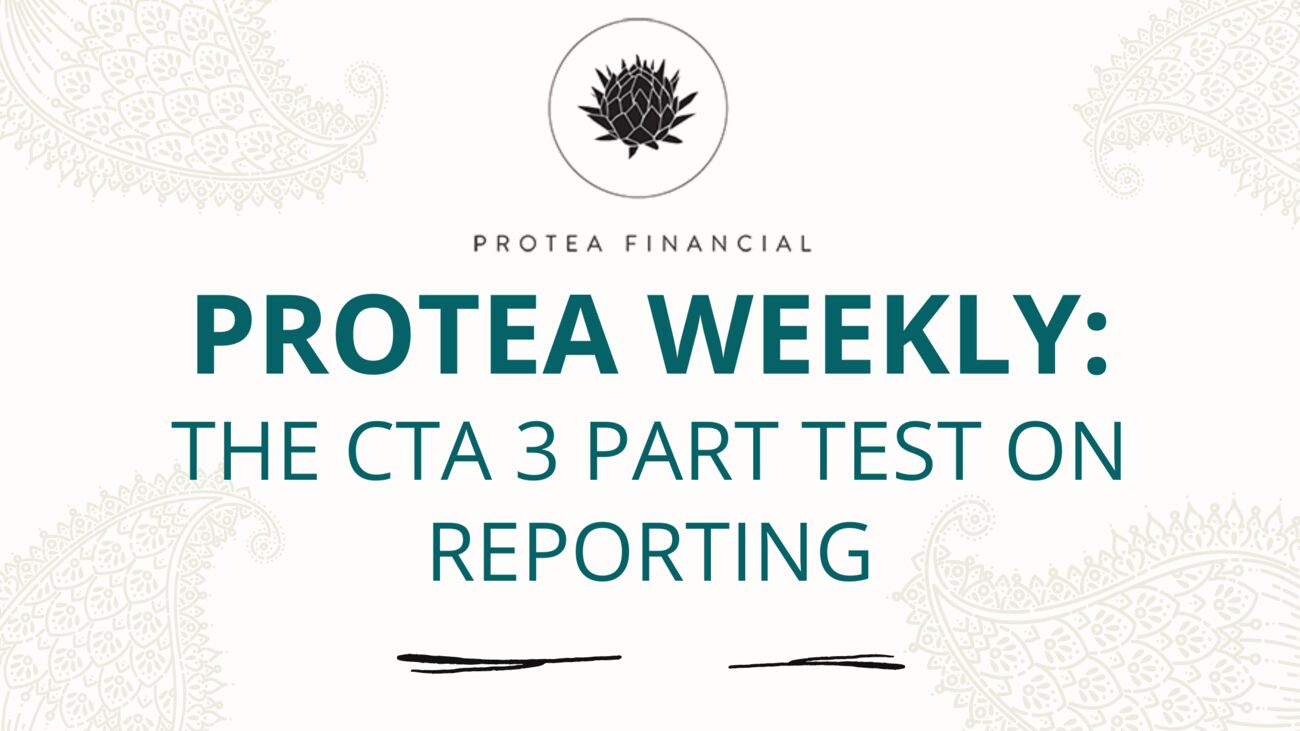In episode 40 of Protea Weekly Jay O’Neil of CTASafe breaks down all the regulations, rules and penalties around this legislation effecting small business owners!
To determine if you are required to comply with mandatory reporting regulations, you need to meet a three-part test. Here’s a detailed look at each component of this test:
Part 1: Entity Registration
The first requirement is that you must have a registered entity. This can include various forms of business organizations such as:
- Limited Liability Partnership (LLP)
- Limited Partnership (LP)
- S Corporation (S Corp)
- C Corporation (C Corp)
- Limited Liability Company (LLC)
In essence, your business must be officially registered with the Secretary of State or the equivalent authority in your jurisdiction.
Part 2: Gross Receipts
The second component is related to your business’s financials:
- Gross Receipts: Your entity should have $5 million or less in gross receipts. This figure is based on your most recent tax return. If your business is newly established and does not yet have a tax return, you will need to estimate your gross receipts based on your financial projections.
Part 3: Number of Employees
The third requirement pertains to the size of your workforce:
- Employee Count: You must have 20 or fewer employees. Note that if you have zero employees, you still meet this criterion.
Conclusion
If your entity satisfies all three components—being properly registered, having $5 million or less in gross receipts, and employing 20 or fewer individuals—you may be classified as a mandatory reporter under the applicable transparency regulations. This means you will need to adhere to specific reporting requirements as outlined by the regulations in your jurisdiction.
Understanding and meeting these criteria is crucial for ensuring compliance and avoiding potential penalties. If you are unsure about any part of this test or need assistance with reporting requirements, consulting with a professional advisor is recommended.



